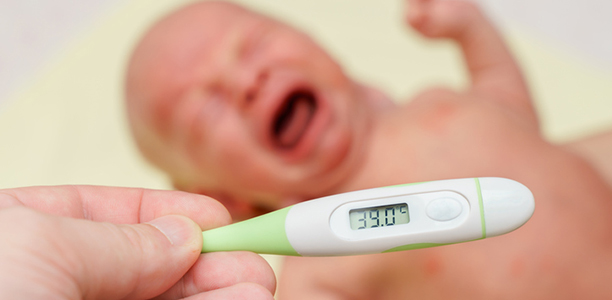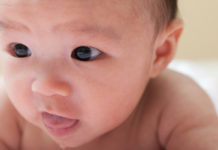In the Medical Journal of Australia, experts say there are no effective antiviral therapies, so treatment is primarily supportive, including management of complications. Some infants with severe HPeV infection may have adverse neurodevelopment.
Severe disease can manifest as meningoencephalitis, seizures or sepsis-like presentations (including septic shock), or less common presentations including signs of surgical abdomen.
“Because of the potential for adverse neurodevelopmental issues following severe HPeV infection, it’s recommended that all children hospitalised with HPeV infection should be followed up by a paediatrician at least until school entry, and preferably afterwards, to monitor development and learning, and to manage complications, including seizures,” said report co-author, Dr Philip Britton of the University of Sydney and the Children’s Hospital at Westmead.
Epidemics of human parechovirus (HPeV) causing disease in young children have occurred every 2 years in Australia since 2013.
Since August 2017, the Paediatric Active Enhanced Disease Surveillance (PAEDS) has been tracking an increased frequency of HPeV cases.
Between July and December 2017, PAEDS recorded more than 200 cases of hospitalised HPeV infection in young infants associated with the current epidemic.
There are 17 genotypes of parechovirus, three of which – 1, 3 and 6 – are associated with the disease in humans. Genotype 3 (HPeV3) is the one associated with the more serious infections which have characterised the epidemics of 2013–2014, 2015–2016 and 2017–2018.
Serological data from Europe and Japan show that 90 percent of infants have been infected with at least one HPeV subtype by the age of 2 years.
However, in contrast to other countries, epidemics in Australia have been larger and associated with more severe disease and poorer clinical outcomes.
“Most HPeV infections cause no or mild symptoms including gastroenteritis or influenza-like illness,” said Dr Britton.
“Characteristically, young infants present with fever, irritability and on occasions a diffuse rash, referred to clinically as ‘red, hot and angry’ babies.
(Source: The University of Sydney, Medical Journal of Australia)










